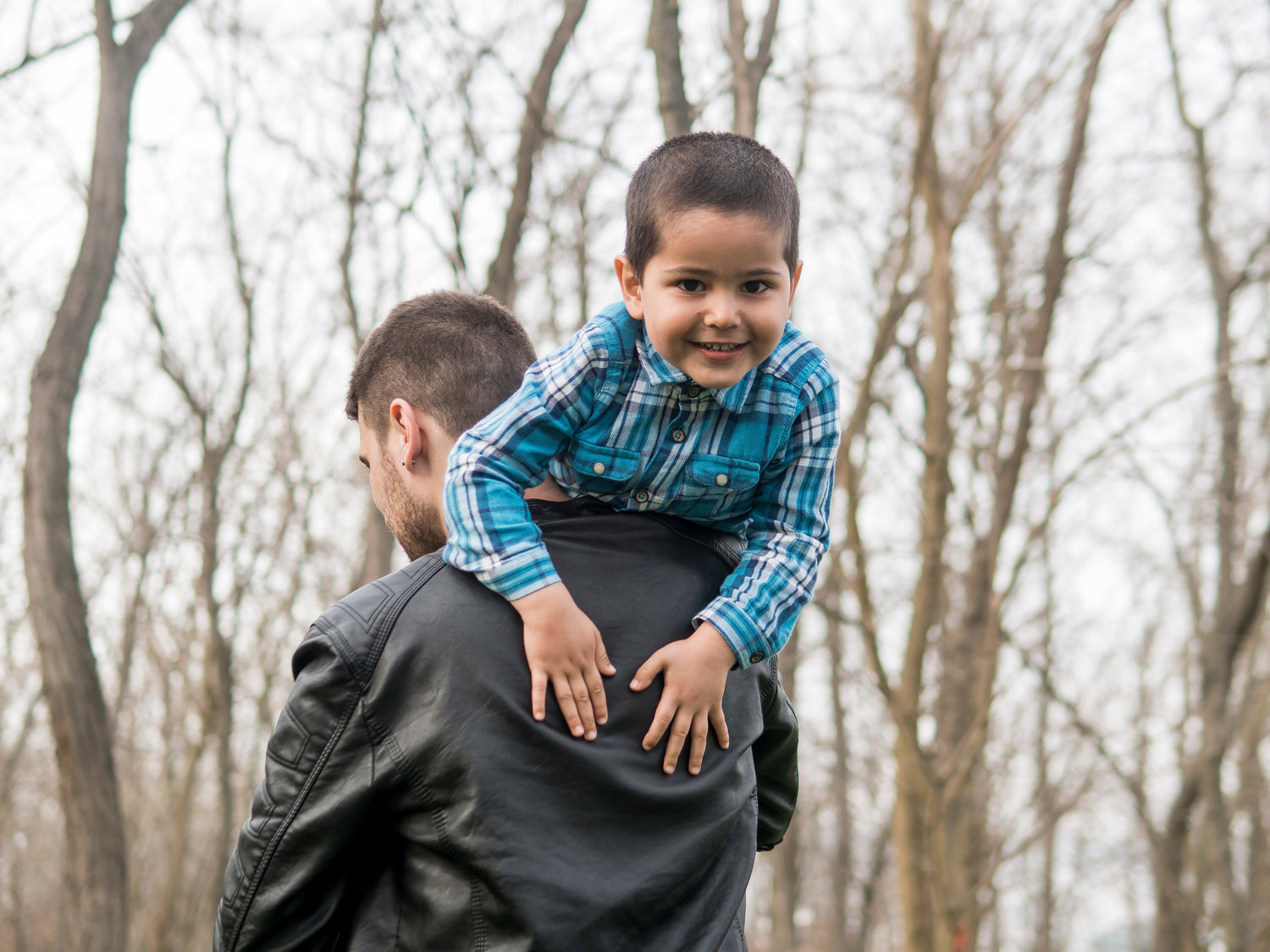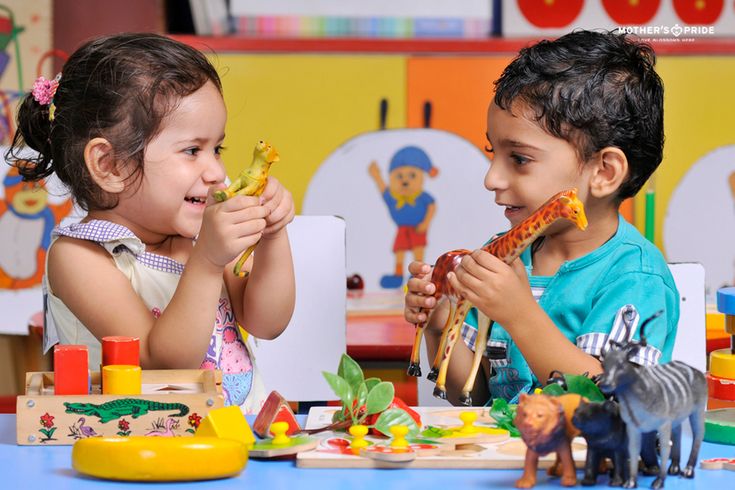Ever had a little voice pop up with a question that made you pause, smile, or even scratch your head? “Why is the sky blue?” “How do birds fly?” or the ultimate stumper, “Where do babies come from?” These questions may seem simple, but they’re windows into a child’s curious mind. So, why do kids ask so many questions? It’s their natural way of understanding the world, and as parents, our job is to nurture that spark.
But how to answer kids’ questions in a way that fosters learning while keeping them engaged? Let’s explore strategies, tools, and creative approaches to turn those big questions into even bigger learning moments.
Why Curiosity is a Superpower
Curiosity is what makes children explore, learn, and grow. It’s their natural way of understanding the world. In fact, did you know that curiosity has been linked to better academic performance and problem-solving skills? But in today’s gadget-driven age, where answers are just a “Hey Google” away, how to keep kids curious requires intentional effort. Here are practical tips and engaging activities to nurture curiosity in children
Tips for Answering Those Big Questions
Don’t Shush the Questions!
Imagine this: Your child asks, “Why do people speak different languages?” You’re busy cooking dal, and your first response is, “Beta, don’t ask so many questions.” Sound familiar? While it’s tempting to sideline questions during hectic moments, take a deep breath and encourage them instead. A simple “That’s an interesting question!” can go a long way.
Parenting Tip for Indian Families: If you’re too busy, promise to explore the answer together later.
Answer with Stories:
Kids love stories! Turn answers into fun narratives. For example, if your child asks why stars twinkle, you can say, “The stars are playing peek-a-boo with us because the air in the sky moves around.” You can dive into the scientific explanation later, depending on their age.
Relatable Example: Indian mythological stories can also make for great explanations. For example, explain why the moon has spots by sharing the tale of Lord Ganesha and the moon.
Use Everyday Objects as Tools:
Got a curious kid? Your home is a treasure trove of learning aids! A kitchen strainer can demonstrate how water flows, and a flashlight can explain shadows. Everyday tools make abstract concepts tangible.
Activity Idea: Use rotis to teach fractions. “If I cut this roti into two pieces, how much do we each get?
Age-Appropriate Educational Aids:
Sometimes, a good educational kit can simplify those tough-to-explain topics. Here’s how to make learning fun:
Puntoon Kids offers age-specific tools to make learning engaging and effective:
Babies (0–2 years): Soft toys help introduce textures, shapes, and sensory exploration, fostering early curiosity.
Toddlers (3–4 years): Learning kits such as Math Activity Games, Educational Flashcards, and Time Learning Clock Games are designed to build foundational skills like counting, recognition, and time-telling in a playful manner.
Early Learners (5–7 years): Educational kits, encourage hands-on learning and answer deeper questions about the world.
Best Educational Kits for Kids by Puntoon Kids inspire curiosity while ensuring age-appropriate learning for every stage!
Spark Their Imagination Instead of Giving Direct Answers:
When your child asks, “Why does it rain?” Instead of jumping to “Because of the water cycle,” ask, “What do you think makes it rain?” Let their imagination run wild before gently guiding them toward the correct explanation.
Engaging Challenge: After answering their question, encourage them to draw what they’ve learned. This not only reinforces concepts but also boosts creativity.
Turn Their Questions Into Fun Family Experiments:
Kids love hands-on activities, and what better way to answer their questions than through a fun family science experiment? If your child asks, “What happens when we mix different colors?”, turn it into an art session! Instead of only talking about the science of color mixing, use the opportunity to explore different color combinations using basic art supplies like watercolors or poster colors—something easily available at home.
DIY Science Experiments for Kids: Get some watercolor or poster colors (red, yellow, blue, and white) and let your child experiment by mixing them together to see what new colors they can create! For example, mix red and yellow to make orange or blue and yellow to make green. Ask, “What happens when we mix red and blue?” and let them discover purple.
Encourage Open-Ended Questions:
While it’s easy to respond with a quick "yes" or "no," the goal is to encourage your child to think deeper. Instead of just answering, “Yes, the Earth is round,” try responding with something that sparks more curiosity: “Why do you think the Earth is round? What would happen if it were flat?” This invites your child to explore the “why” behind the “what,” and sparks critical thinking.
Be Honest, Even When You Don’t Know the Answer:
Sometimes, the best thing you can do is admit you don’t have all the answers. Children respect honesty, and it can become a great opportunity for shared learning. Instead of brushing off a tough question, say something like, “That’s a great question, and I’m not sure! How about we look it up together?” This fosters a sense of teamwork and teaches them that learning is a lifelong journey
Bonus Tip: If you're stumped by a question, use it as a chance to model curiosity. Visit a library together or search online. This shows that asking questions is not only okay but essential to learning.
Conclusion
Children's big questions are windows to their growing minds. When you take the time to explore fun learning activities for children with them, you’re not just answering; you’re nurturing their curiosity and helping them develop essential skills. Whether it’s through age-appropriate learning aids or fun family experiments, every moment is an opportunity to spark wonder. So, the next time your child asks something like “Why do leaves fall?”, take a deep breath and remember—it’s not just a question; it’s a chance for discovery.
With these tips for parenting curious children, you’ll turn everyday moments into a learning adventure for your little one.









